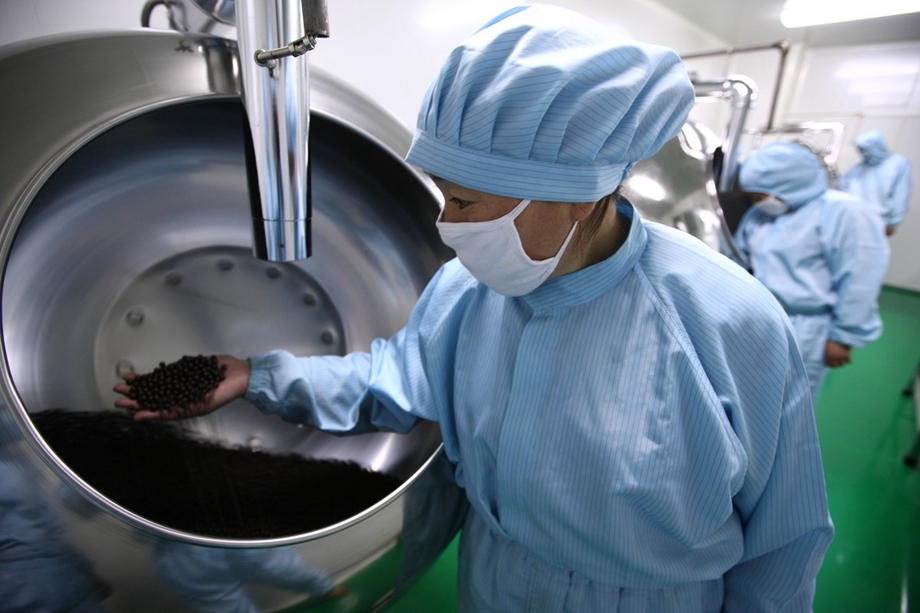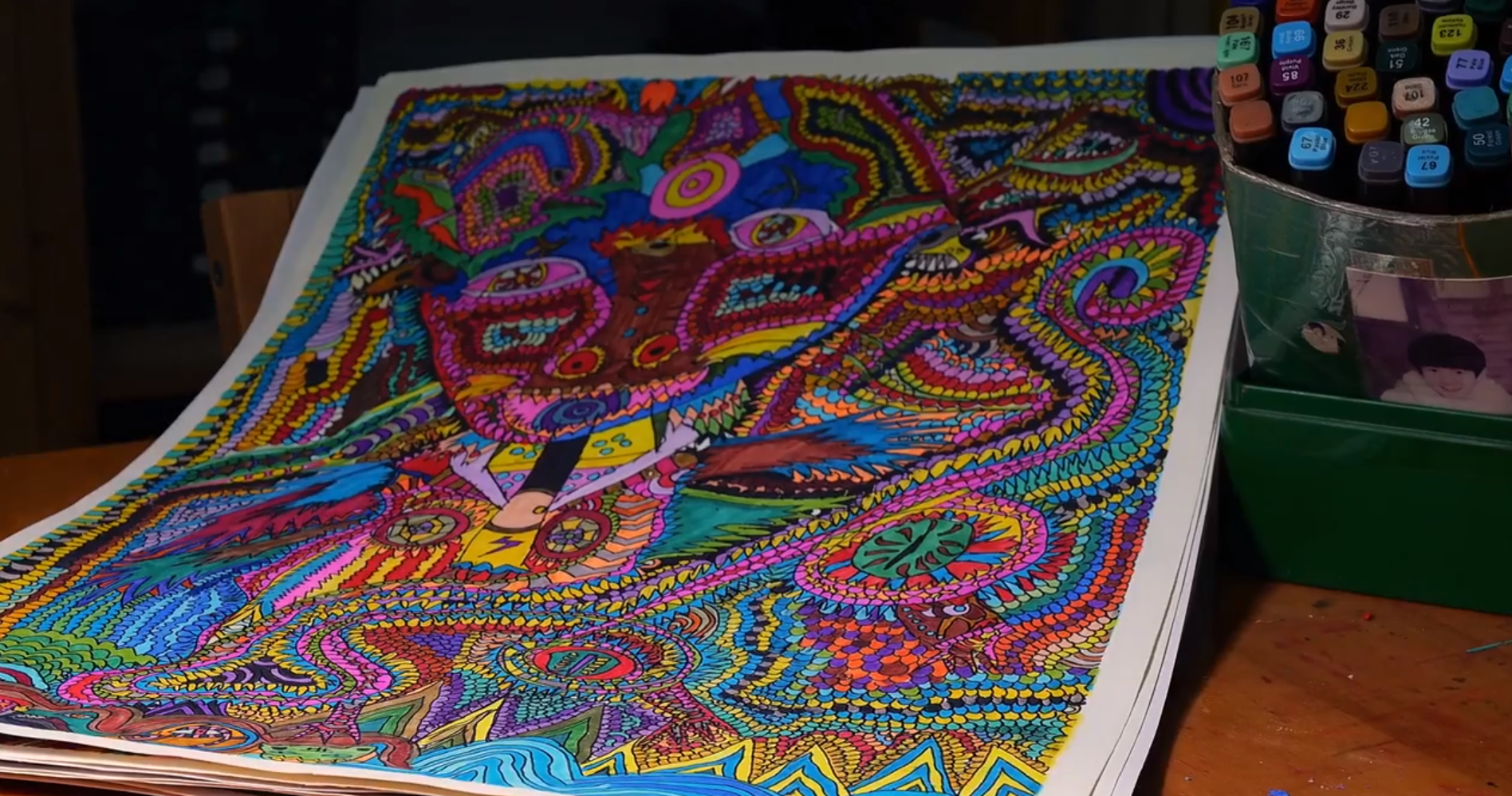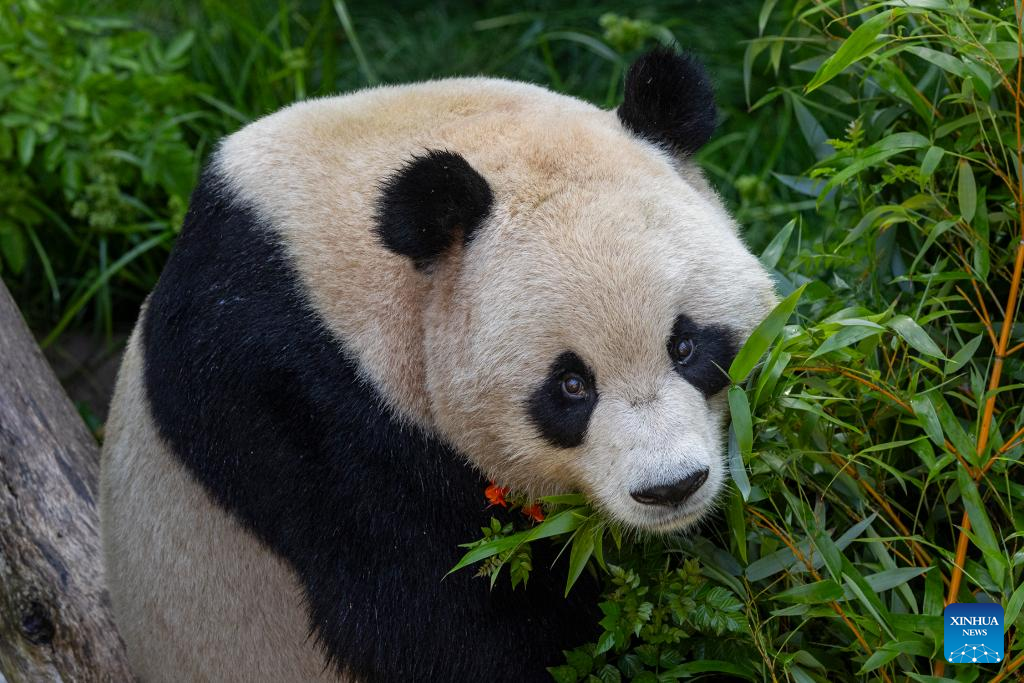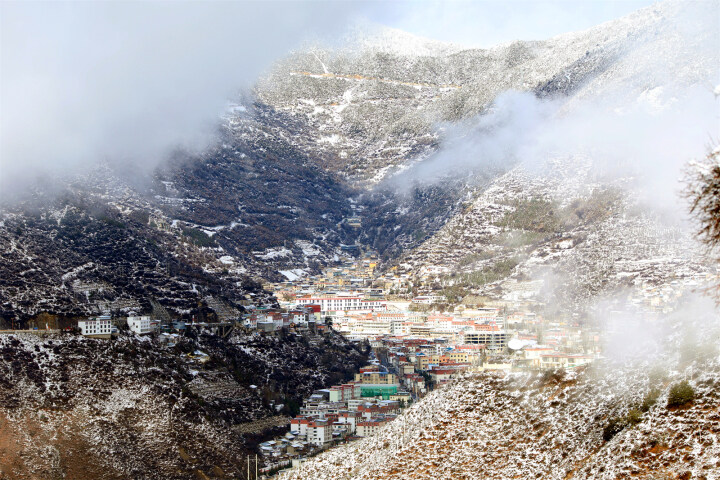
Workers select materials to make medicine at a workshop of the Qizheng Tibetan Medicine Group in Nyingchi, Tibet autonomous region. [Photo/Xinhua]
Doctors working in the Tibet autonomous region's traditional Tibetan medicine hospitals are feeling more confident about their careers thanks to the regional government's efforts to boost recognition of traditional healing practices.
The region plans to strengthen public health and its traditional Tibetan medical heritage, Qi Zhala, chairman of the regional government, said at the opening of the region's people's congress last week.
With a written history of more than 3,800 years and oral history of more than 10,000 years, traditional Tibetan medicine is considered an important component of traditional Chinese medicine.
In recent years, the region has been racking up achievements in the preservation and development of ancient culture thanks to official support and individual efforts.
According to Tibet's 2018 government work report, more than 1.9 million people were screened for tuberculosis, hepatitis and rheumatism last year, and 50 key public health projects were successfully implemented.
Lum medicinal bathing in the traditional Tibetan medical system known as sowa rigpa was added to UNESCO's Intangible Cultural Heritage of Humanity list in November.
A national-level ethnic medicine clinical research center was established in Lhasa last year to standardize Tibetan medicine, and Lhasa's Tibetan Traditional Medical College, China's only college dedicated to traditional Tibetan medicine, was upgraded to a university last month.
Tsering Norphel, head of the region's Sog county, said that his county will continue to boost Tibetan traditional medicine, with its Tibetan Medical and Astronomy Hospital being a leading repository of knowledge.
"The ancient Tibetan medical tradition of tsajong - giving a purgative - has been lost in most Tibetan areas, but we have Tenshung Drakpa and his team still preserving the treasure," he said.
With tsajong named a regional intangible culture heritage and 65-year-old Tenshung Drakpa recognized as a regional level intangible cultural inheritor, the endangered practice has passed to hundreds of Tibetan doctors, he said.
"This year, I have proposed that tsajong be included on the national intangible cultural list, and eventually our goal is to apply for a UNESCO listing as well," he said.
Tashi Tobgyal, the head of the hospital in Sog county, said it was honored to have Tenshung Drakpa and his team on its staff.
"We will continue to make efforts to help more people benefit from traditional Tibetan medicine, and we want to contribute a little to the country's Healthy China plan," he said.
Tenshung Drakpa said it was great news and auspicious that Lum medicinal bathing had been added to the UNESCO list.
In the past 20 years, he has apprenticed more than 2,000 Tibetan doctors and medical students, and more than 700 have become independent practitioners.
Not only has the tradition been passed on in many Tibetan areas but it has also been introduced to hospitals in coastal cities and is gradually becoming known in non-Tibetan communities in China.
In 2004, after one of Tenshung Drakpa's papers about Tibetan medicine became popular, a book was published with the assistance of his students, which has become the textbook for the practice.
Many of Tenshung Drakpa's ancestors were traditional Tibetan doctors, as his father, he said. He has already passed on his knowledge to his eldest son, Tenzin Gyalpo, and one of his daughters, Tsethar. They both now work as Tibetan doctors.
Tenshung Drakpa said he will continue to train more students in Tibet, and hopes to introduce Tibetan medicine to many more hospitals in other provinces.
With a history of at least 3,800 years, Tibet's Manling county is synonymous with Tibetan medical culture. Historical records show that Yuthok Yonten Gonpo, the founder of systematic traditional Tibetan medicine, trained practitioners, dispensed medicines in Manling and wrote about its achievements in the 8th and 9th century.
Tsewang Nyima, the county's head, said the addition of Tibetan medical bathing to the UNESCO list presented an opportunity for future development.
To help preserve the heritage and boost economic development, Manling is building a Tibetan traditional medical museum that will showcase Yuthok Yonten Gonpo's achievements in the county.
"We will work together with acknowledged Tibetan medical enterprises such as the Qizheng Tibetan Medicine Group to operate the Gonpo Manlung Yuthok Tibetan Medical Vocational School and attract students from the region and other Tibetan places," Tsewang Nyima said.
"Further, we want to build a Tibetan medicinal herbal plantation zone near the school. We want to cultivate some of the endangered herbal plants and other Tibetan herbs.
"A plantation is needed because of global warming and climate change, but seeking a market is the foundation of the plan," he said.
|






7740f3b5-9ecb-438e-9052-76cb2d4bb671.jpg)

